Copyright 2010 by
Hamilton Books
4501 Forbes Boulevard
Suite 200
Lanham, Maryland 20706
Hamilton Books Acquisitions Department (301) 459-3366
Estover Road
Plymouth PL6 7PY
United Kingdom
All rights reserved
Printed in the United States of America
British Library Cataloging in Publication Information Available
Library of Congress Control Number: 2010922926
ISBN: 978-0-7618-5130-1 (paperback : alk. paper)
eISBN: 978-0-7618-5131-8
 The paper used in this publication meets the minimum
The paper used in this publication meets the minimum
requirements of American National Standard for Information
SciencesPermanence of Paper for Printed Library Materials,
ANSI Z39.48-1992
PREFACE
M y name is Trustin Howard. I am a television and movie writer. I recently happened to stumble across what I believe is a little-known one-of-a-kind story.
Although many books have been written about Walter Winchell and Damon Runyon as separate entities, with just one or two paragraphs devoted to the other, few know the real story of the slow, bittersweet bonding of these two legendary journalistic giants.
Even television biographies and the recent cable movie about Winchell conveyed just one dimension, and failed to capture the gargantuan proportions that can only come from combining the lives of both men.
Runyon, the Guys and Dolls creator, was about 12 years older than Winchell, and was already big-time when Winchell came upon the scene. Maybe that is why the titan Winchell, whose weekly radio show numbered over 30 million listeners, always had a deep-down respect for Runyon and always felt a little smaller in his presence.
Their era put them both in the center of World War II, gangsters, show biz, sports figures, comedy and tragedy. And yet, behind all the headline events, there is a very human and touching story of two men who started out as adversaries, and ended up inseparable.
I have had much experience writing about peoples lives. When the ABC Network, Lever Bros., and Ralph Edwards revived This Is Your Life, I was chosen to write such memorable episodes as Jonathan Winters, Andy Griffith, "Hee-Haws Junior Samples, Phylis Diller, and the classic Bette Davis show, which was the highest rated show of the revised series.
I was also quite pleased with the reception of my first book, "My Life With Regis and Joey" which chronicled my rare experiences as a television writer. However, I now feel that Winchell and Runyon is the ultimate of a bigger-than-life story that has to be told.
I thought long and hard as the best way to recount the events. I believe by using an abundance of actual dialogue, this slightly different approach can place the reader more firmly in the center of the unfolding situations. And by reliving yesteryears happenings as though it were just taking place, should also embellish the story. This book is based on public records. However, I was made privy to some personal notes of a Broadway insider who was a confidante of Winchell in that great reporters twilight years. Possibly, because his life was close to the end, he seemed to reveal his innermost secrets to his Broadway pal.
I am amazed at how few of these startling episodes have ever been exposed to the public.
I use a portion of that heretofore concealed information as a basis for this book. I hope you enjoy the reading as much as I enjoyed the writing...
ACKNOWLEDGMENTS
To my darling Bootsie
who, when the chips were down, always said,
Yes, you can.
...and to Stephanie for her
constant words of praise,
...and to all these wonderful people
who gave me the confidence I needed
to feel I could write,
Joey Bishop
Regis Philbin
Paul Orr
Eddie Hookstratten
Dick Rosenbloom
Bill Carruthers
Ralph Edwards
Kip Walton
Stephen Pouliot
Bob Banner
Michael Brandman
Lou Alexander
Richard Bernstein
Bob Hope
...and on my musical side,
Marshall Robbins
Jimmy Haskell
Lou Chudd
Cliffie Stone
Ken Nelson
Faron Young
John Mercer Jr.
Ginger and Johnny Mercer
ASCAP
Imperial Records
Warner Bros.
Capitol Records
...and the Rockabilly Hall of Fame
DEDICATION
Thank You and God Bless You, Joey
In almost everyone's lifetime in order to reach some portion of success, someone has to say, Yes. That person for me was Joey Bishop. Whatever I have done or will ever do as a professional writer, I owe to Joey Bishop, the last member standing of the famous Rat Pack.
I had been a nightclub comic, working the great clubs which gave the selective patrons their greatest form of entertainment dining, dancing, and a show. These nightspots were not the Comedy Shops or Comedy Stores. They were the Royal Palaces of Show Biz.
In New York, it was the Copacabana, the Latin Quarter, and La Martinique. Chicago had the Chez Paree, and Hollywood had Ciro's, Mocambo, and later, the Crescendo. Throughout the country, every major city had two or three class nightclubs, and every top hotel had a floor show.
Some of the great performers that starred in these regal palaces were Milton Berle, Sophie Tucker, Joe E. Lewis, Jackie Gleason, Harry Richman, Martha Raye, Tony Martin and Danny Thomas.... The second echelon consisted of Joey Bishop, Tony Bennett, Alan King, Lena Home, Jack Carter, Sid Caesar, and Pearl Bailey.... The next wave gave us Shecky Greene, Buddy Hackett, Bill Cosby, Phylis Diller, Martin and Lewis, Don Rickles, Kay Starr, Lenny Bruce, Joan Rivers, Billy Daniels, Dick Shawn and Sammy Davis Jr.... Of course, along with dazzling chorus lines, great standard acts filled out the shows. These acts included dance teams, acrobats, novelty acts, tap dancers, and young singers and young comics, all trying to work their way up to headline status. And along with all the smaller clubs around the country, show biz was flourishing.
However, in the early 60s the Vietnam War had started and the mood of the country was changing, and suddenly these wonderful nightclubs with their upbeat talents were being replaced by coffee houses, and singers with one guitar and a hundred sad songs.
Just like talking pictures replaced silent movies, and television replaced radio, these great nightclubs, so many of which I worked, were disappearing faster than casino chips at a Las Vegas crap table.
In fact, some of my last engagements as a young comic were on the West Coast. I shared the stage with Kay Starr at the Casbah in South Los Angeles. I was the opening act for Billy Daniels at the Crescendo on Sunset Boulevard, and I costarred with Buddy Greco at Facks in San Francisco.
However, by 1966 the nightclubs were all gone and the greatest era of entertainment was over. There were also other casualties. As the hippies moved in, comedy and laughter was moved out. In fact, Dick Shawn went to dramatic school trying to learn how to be unfunny. Singers who sang with big bands and their huge arrangements were now trying hard to make it with a couple of guitars. The long shadow of the Vietnam War also nailed television and the variety shows were all being cancelled.
The only nightly TV show that was still providing some laughs was NBC's Johnny Carson Tonight show. Johnny always had 10 to 14 writers who came up with a goodl2 minutes for Johnny's nightly monologue. Johnny was the all-time champion of late night, and though other shows had tried to make a dent, after 6 to 13 weeks they fell by the wayside. Joey Bishop, who was a member of the famous Rat Pack, was guest hosting a night time show for three straight nights, and when Sinatra, Dean, Sammy and Peter Lawford showed up the ratings went through the roof. Suddenly, the ABC network thought that maybe Joey might be able to give Johnny some competition. They made a deal and in early 1967 they began publicizing the show that was to start in June.


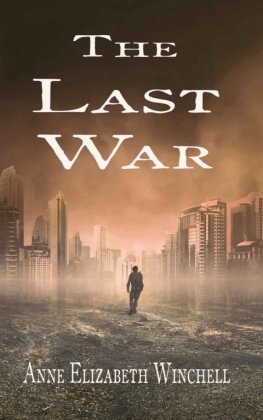
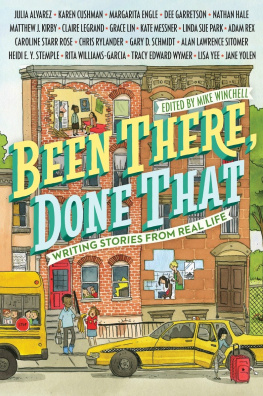
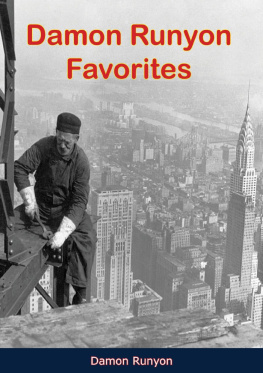
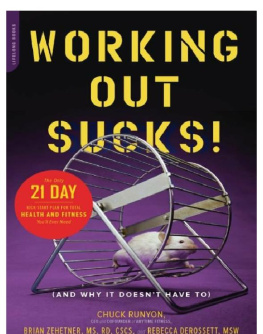
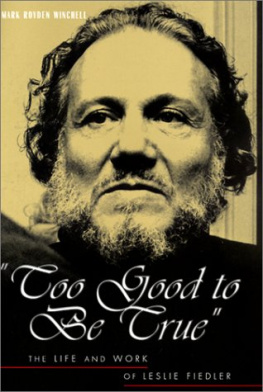

 The paper used in this publication meets the minimum
The paper used in this publication meets the minimum